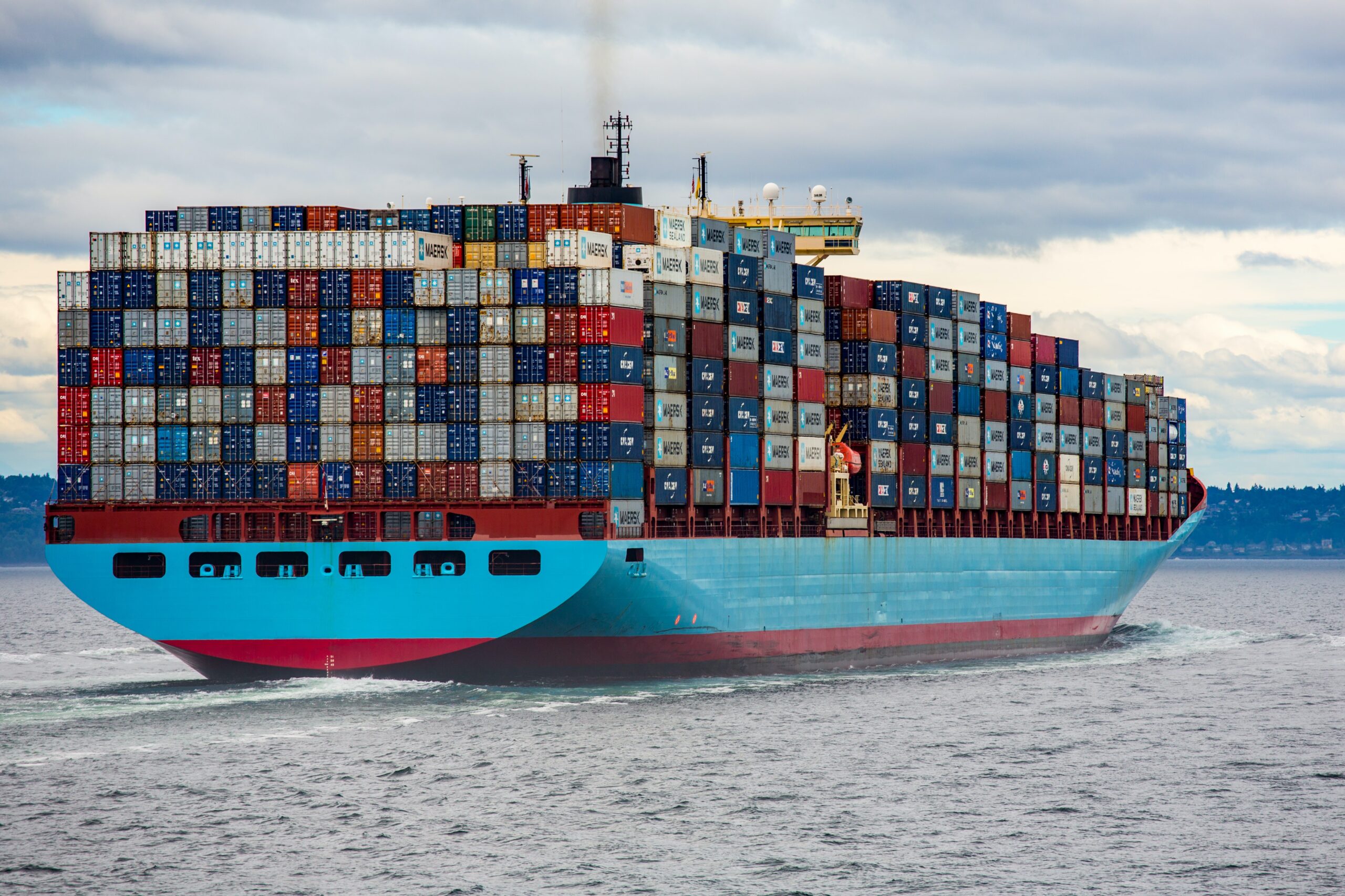FTA’s have been all over the news lately, right from strengthening existing ties to forging new ones. This makes one wonder what is an FTA? and why is it becoming the new buzzword in world economics. Let’s understand this through detailed scrutiny of India’s potential FTA with the UK and Australia.
The 1991 Liberalisation, Privatisation, Globalisation (LPG) policies opened the Indian economy to foreign trade and investments. As a result, India turned out to be a significant factor in the global economy.

When Narendra Modi assumed power in 2014, he had promised to make India more economically strengthened. Nonetheless, examining the government’s policies, it is apparent that he has had a conservative trade policy. To illustrate, India has not signed any FTAs from 2014 until now.
What is an FTA? “A Free Trade Agreement (FTA) is an agreement between two or more countries where the countries agree on certain obligations that affect trade in goods and services, and protections for investors and intellectual property rights among other topics.”
Championing for free trade at the 2018 World Economic Forum, Modi chose protectionism at home. Before the COVID-19 pandemic, India often raised import tariffs to protect small and medium local manufacturers. But, shockingly, India opted out of the Regional Comprehensive Economic Partnership (RCEP), the most significant regional trading agreement, in November 2019.

However, two years after the pandemic started, the Modi government appeared to take a detour. As a result, India has kickstarted trade negotiations with major global economies. This article focuses on the significance of potential India-UK and India-Australia Free Trade Agreements (FTA) on India.
WHY WAS THE MODI GOVERNMENT PESSIMISTIC ABOUT FTA?
In 2014, after assuming power, the NDA government took a revisit to the then existing FTAs. Followed by this, the information from the Ministry of Commerce showed that there was only less than one percent increase in India’s total exports between FY 2014-2015 and FY 2019-2020.
At the same time, India’s net imports had a 5% increase for the same period. As a result, India witnessed a trade deficit during this period. Thus an underperforming export might be the primary reason for India not signing any further FTAs. Also, walking out of the RCEP at the last hour was due to fear of the massive imports from China.

Modi has upheld his Atmanirbhar Bharat plan to make India self-reliant even after the pandemic hit. However, the 2021 G20 meeting witnessed a shift in India’s policy from an FTA skeptic attitude to advancing India’s trade positions.
INDIA-UK TRADE RELATIONS
India has maintained a thriving trade relationship with the United Kingdom so far. From FY 2009-2010 to FY 2020-2021, bilateral trade between the two has had a 22.7% rise. Since 2004 India has secured a trade surplus with the UK. From 2009 to 2021, imports from the UK had an 11% increase while exports from India elevated to 31%.
According to the British Government’s Department of International Trade, at the end of the second quarter (Q2) in 2021, India is their 15th largest trading partner. However, as per statistics, the total trade between India and UK faced a 7% (1.5 billion Euro) decrease.

India and UK initiated An Enhanced Trade Partnership (ETP) in May 2021. Formal negotiations for a Free Trade Agreement have started at the 15th UK-India Joint Economic and Trade Committee (JETCO) meeting on 13th January 2022. An early harvest trade agreement is expected to complete within a few months to finalise the deal by 2022.
UK’s central demand is to eliminate the 150% and 125% import duties on Scotch Whiskey and cars. But on the other hand, India wants the UK to reconsider the latter’s immigration and visa policies for Indians.
Britain is enthusiastic about pursuing the deal. First, however, it has to overcome the setbacks due to BREXIT on its economy. India is projected to be the third-largest economy by 2050, making UK’s aim for a $38 billion two-way trade a significant step.

The primary objective of the FTA:
One of the main focuses of the FTA agreement is to double the bilateral trade between the two by 2030. As part of this, India aims to:
- Increase export of products like leather, textile, jewellery and processed agri-products.
- A surge in the export of marine products owing to the recognition of India’s 56 marine units.
- Increase service sector exports; for instance, IT, nursing, education and healthcare.
- For the post-BREXIT economy of the UK, a trade deal with the rapidly booming Indian economy is a “golden opportunity”.
INDIA-AUSTRALIA TRADE RELATIONS

India-Australia trade agreement negotiations are a decade long. The 9-round talks started in May 2011 were futile, leading to the plan’s suspension in September 2015. However, considering the changing geo-political scenario, a trade deal with Australia is vital for the Indian economy.
At the 17th India-Australia Joint Ministerial Commission on September 2021, the negotiations on the deal formally restarted. This highly ambitious plan is named the India-Australia Comprehensive Economic Cooperation Agreement. It is expected to be finalised by 2022 end.
The growing consumer expenditure of India makes it a potential market for Australian products. India was Australia’s 7th largest trading partner in 2020. From 1995 to 2019, Indian exports to Australia increased annually at an 8.67% rate, while imports to India saw a 10.5% rise.

India’s significant exports include refined petroleum, packaged medicaments, and railway passenger cars. Imports to India consist of coal briquettes, gold, and petroleum gas. With the FTA, both nations are estimated to have a GDP increase between 0.15% and 1.17%.
SIGNIFICANCE OF THE FTAs TO INDIA
India’s ‘positive momentum’ to sign FTAs with UK and Australia has come at a very opportune moment. The pandemic has proved that complete self-reliance is impossible. New markets in these countries can highly boost India’s post-pandemic recovery. Such realisations have evolved signs of India turning to be more foreign trade-friendly.
When discussing the need for these trade deals, we know that free trade results in growth and inequality. Data has proved Modi’s protectionist agenda has not made domestic manufacturers more competitive with foreign goods.

How the two FTAs are significant to India are listed below:
- In the post-COVID global economy, nations want to invest in markets beyond China. Countries find India to be an alternative to China. The success of bilateral trade with the UK and Australia can attract more foreign exchange to India. The West’s hostility to China’s economic expansion with the Belt and Road initiative is advantageous to the Indian economy.
- PM Narendra Modi wants India to be a $5 trillion economy by 2024-2025. To achieve this high stake, India has to increase exports and decrease imports dramatically.
- Securing the Indian Ocean region is pivotal to India’s economic growth. Along with QUAD, a trade relation with Australia can be a plus point in this area. India needs strong allies to safeguard its position in the IOR against China. A dependable partnership will boost India’s confidence to rival China. Moreover, India also needs to secure favourable trade with Indian ocean rim nations.
- Concerning sustainability, the deal with the UK can mobilise private capital for sustainable infrastructure in India. With the skyrocketing population in India, investments in green projects and the renewable energy sector are the need of the hour.
- The UK and Australia are the top destinations for Indian youth in higher education. Though not discussed broadly, the agreement can be a stepping stone to education. India needs a highly efficient and productive knowledge-based workforce; India has a strong demand for top-quality education services. The top-ranked universities of these nations can establish campuses in India. This can limit outsourcing the efficient youth to foreign countries.

Read more about UK and Australia relations here!
CONCLUSION
India should comply with the national treatment rules when signing an FTA. To cite, opening up the dairy sector to foreign trade can negatively impact Indian farmers. Also, postponing discussions with the UK regarding revising immigration policies does not look positive.

India considering such talks to be a deal-breaker makes the agreement less favourable to the citizens of India. On balance, FTA between India-UK and India-Australia should benefit the poor too. Thus, Modi’s dream of an Atmanirbhar Bharat and the renewed bilateral trade talks should complement each other.
You may also like this THE GREEN DEAL: EUROPE AND ITS DREAM OF CLIMATE NEUTRALITY
About the author:

Riya Peter
Born and raised in Kerala, Riya Peter has always dreamed of exploring life beyond a traditional Malayali lifestyle. She has completed her Masters in Politics and International Relations from Mahatma Gandhi University, Kottayam. She is profoundly interested in European Politics and keenly focused on security and diplomacy from both European and international standpoints.







[…] You may also like PROTECTIONISM TO FREE TRADE: INDIA’S FTA WITH UK AND AUSTRALIA! […]